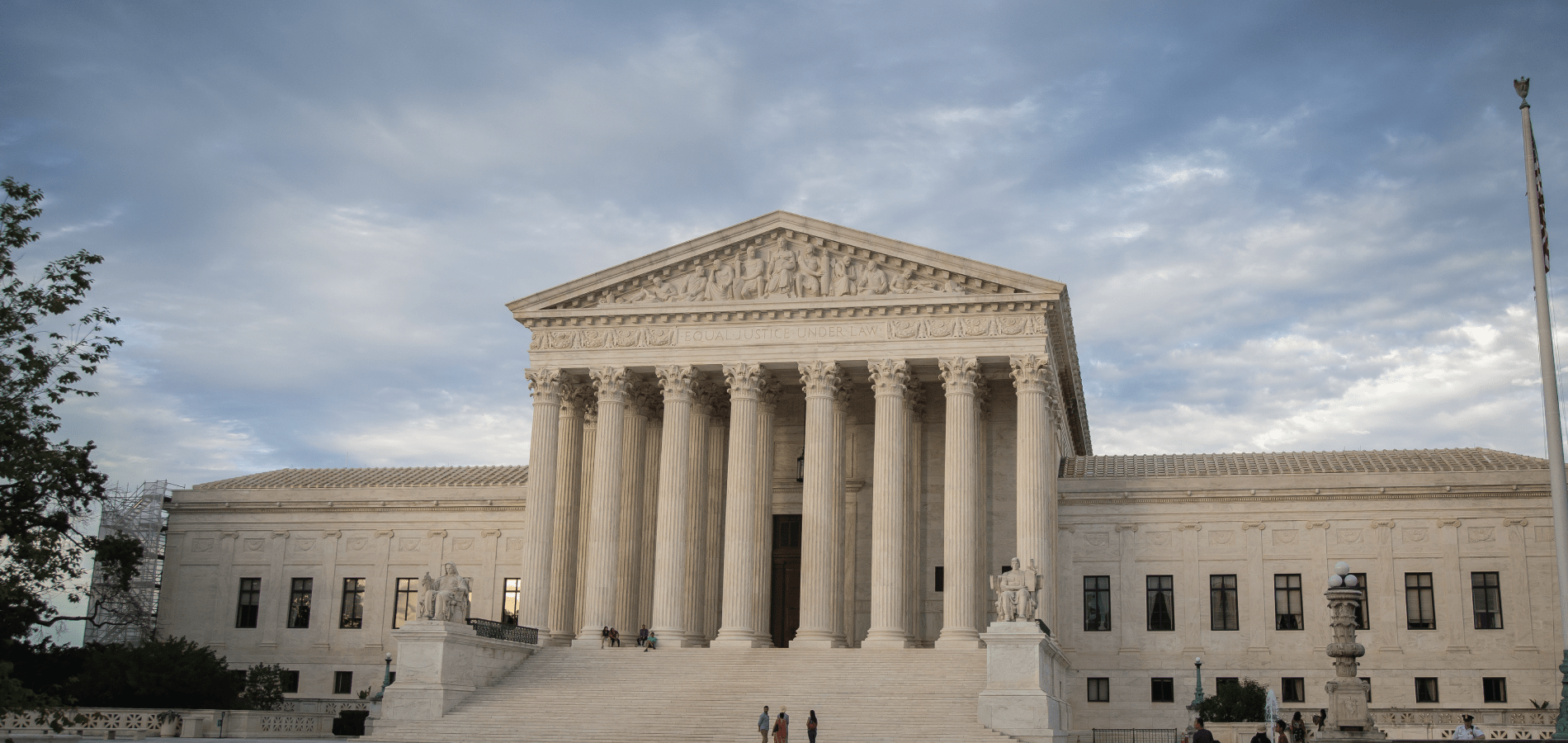The month of August marks the anniversary of two important milestones in American voting rights history. The Voting Rights Act of 1965 was instrumental in solidifying the right to vote for African Americans, eliminating legal obstacles such as literacy tests and property ownership requirements. The passage of the 19th Amendment to the Constitution finally granted women the right to vote after decades of opposition.
FEATURED DATABASE: Voting Rights & Election Law
HeinOnline’s Voting Rights & Election Law Library contains over 3,500 titles covering topics ranging from absentee voting to campaign finance, compiled federal legislative histories on various voting laws, and hundreds of hand-picked scholarly articles, offering access to information surrounding historical and recent elections at both the federal and local levels. Voting Rights & Election Law is available for an affordable one-time payment.
Voting Rights Act of 1965
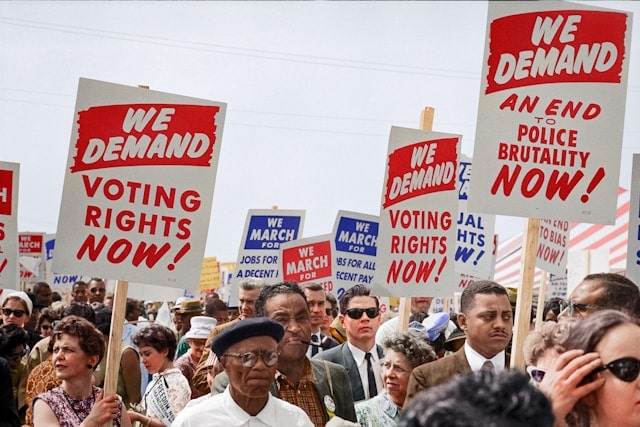
African American men received the right to vote in 1870 with the passage of the 15th Amendment to the Constitution,[1]Senate Manual containing the Standing Rules, Orders, Laws and Resolutions Affecting the Business of the United States Senate, including the Declaration of Independence, Articles of Confederation, Ordinance of 1787 and the Constitution of the United … Continue reading but former Confederate states began to quickly pass laws designed to prevent African Americans from voting, including literacy tests[2]3556 5 (1896-1897)
South Carolina election, investigation referred. This document can be found in HeinOnline’s U.S. Congressional Serial Set Library and property ownership rules.[3]Carly E. Zipper, Let Us Not Be Intimidated: Past and Present Applications of Section 11(b) of the Voting Rights Act, 97 WASH. L. REV. 301 (2022). This document can be found in HeinOnline’s Law Journal Library Following the passage of the Civil Rights Act of 1964, which clarified voting eligibility and included protections against literacy tests,[4]To enforce the constitutional right to vote, to confer jurisdiction upon the district courts of the United States to provide injunctive relief against discrimination in public accommodations, to authorize the Attorney General to institute suits to … Continue reading more African Americans began to register to vote, though this was not the case in all states, specifically those in the former Confederacy. Some states, notably Mississippi,[5]Steven F. Lawson, Prelude to the Voting Rights Act: The Suffrage Crusade, 1962-1965, 57 S. C. L. REV. 889 (2006). This document can be found in HeinOnline’s Law Journal Library had extremely low rates of voter registration due to violence and Jim Crow laws.
In March of 1965, a series of protest marches for voting rights were held in Selma, Alabama. As protesters attempted to cross the Edmund Pettis Bridge into Montgomery, they were met with violent opposition from the State Police who had formed a blockade at the end.[6]Cheryl T. Page, Stop the Steal: The History of Voter Suppression in America, and Who Is Really Stealing Votes?, 17 INTERCULTURAL HUM. RTS. L. REV. 153 (2022). This document can be found in HeinOnline’s Law Journal … Continue reading After the events of the day that later became known as “Bloody Sunday,” President Lyndon B. Johnson urged lawmakers to enact voting rights legislation[7]Voting Rights Act of 1965 (1965). This document can be found in HeinOnline’s U.S. Federal Legislative History Library and two days later sent a bill to Congress to enforce the 15th Amendment to the Constitution of the United States.[8]12677-3 2 (1965)
Draft of proposed legislation to enforce Fifteenth Amendment to Constitution of United States This document can be found in HeinOnline’s U.S. Congressional Serial Set Library The Voting Rights Act of 1965 was signed into law on August 6, 1965.
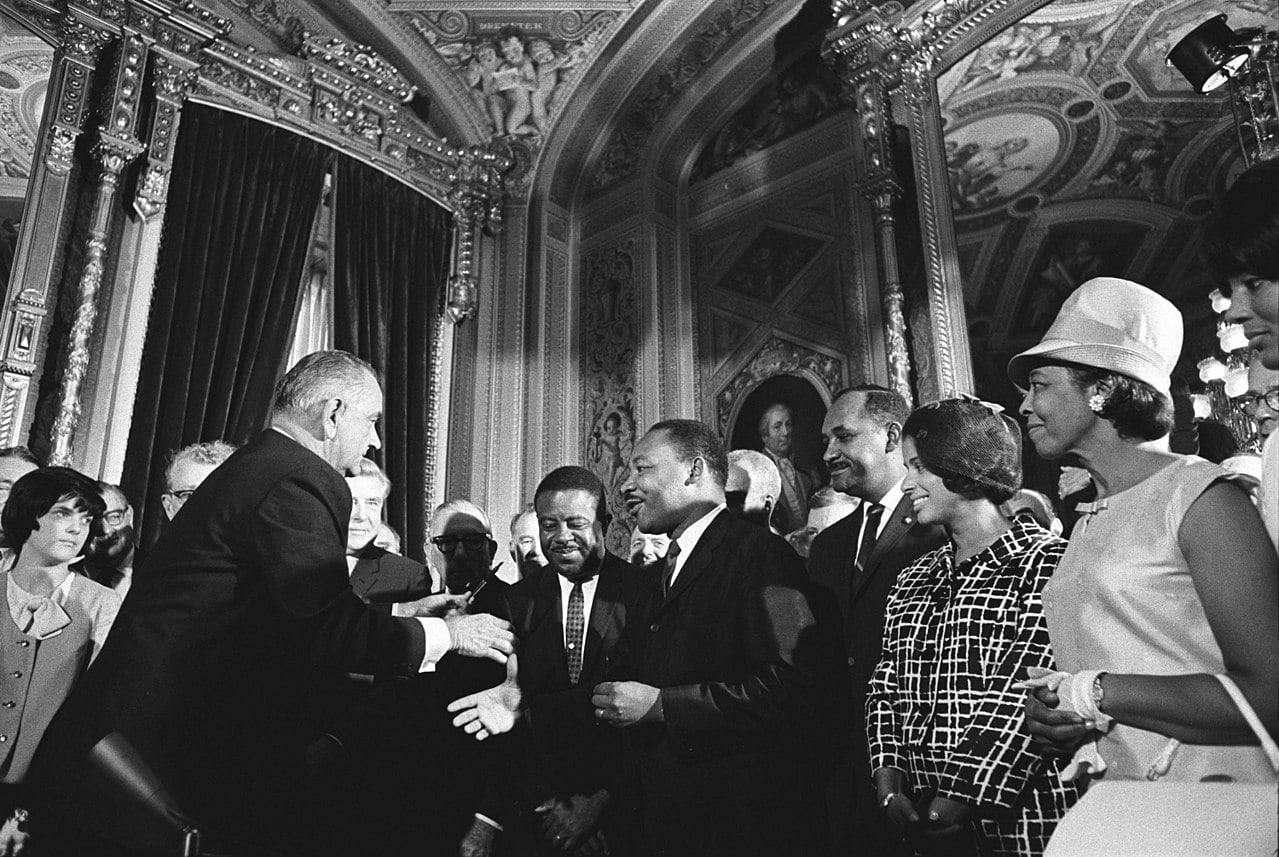
Amendments to the Voting Rights Act of 1965
President Gerald R. Ford signed amendments to the Voting Rights Act of 1965.[9]To amend the Voting Rights Act of 1965 to extend certain provisions for an additional seven years, to make permanent the ban against certain prerequisites to voting, and for other purposes., Public Law 94-73, 94 Congress. 89 Stat. 400 (1975). This … Continue reading These amendments extended certain provisions of the act for another seven years, and made permanent the ban on literacy tests and other discriminatory prerequisites to voting. Additionally, it included protections for non-English speakers, including a directive that areas with more than 5% of a language minority have bilingual ballots, forms, and other electoral materials provided to voters.
Passage of the 19th Amendment
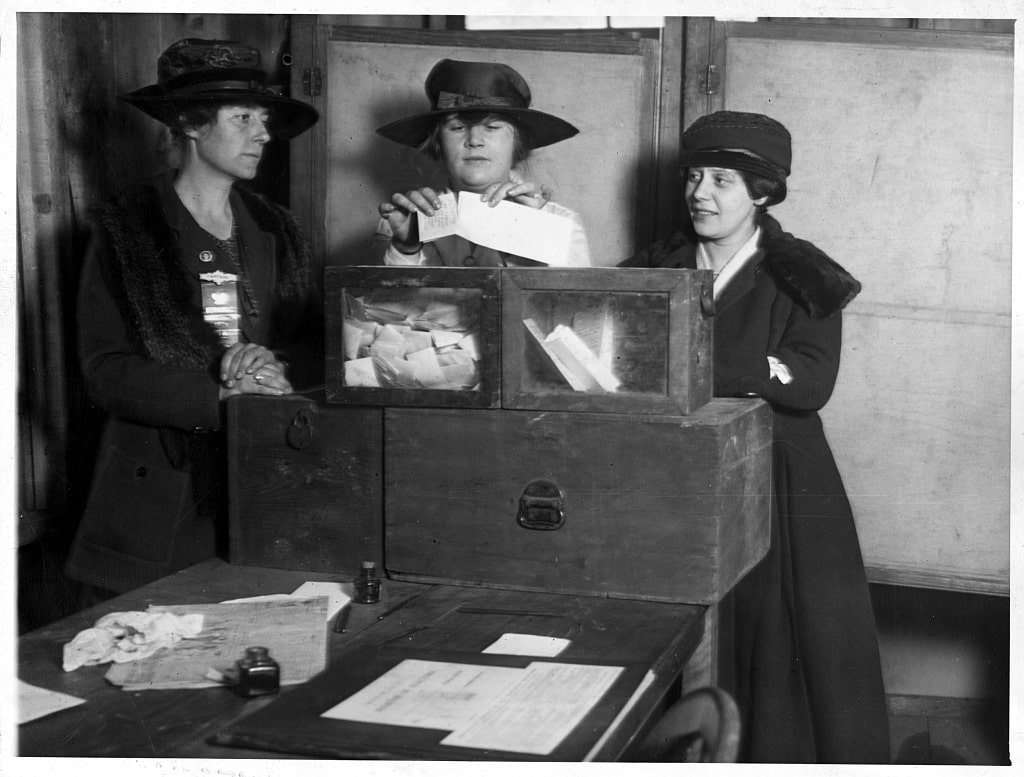
August 18th marks the passage of the 19th Amendment to the United States Constitution,[10]Senate Manual containing the Standing Rules, Orders, Laws and Resolutions Affecting the Business of the United States Senate, including the Declaration of Independence, Articles of Confederation, Ordinance of 1787 and the Constitution of the United … Continue reading giving women the right to vote. The path to women getting the vote began in the mid-19th century, and Susan B. Anthony and Elizabeth Cady Stanton among others were instrumental in leading the movement for suffrage along with The National American Woman Suffrage Association (NAWSA), a merger of the National Woman Suffrage Association (NWSA) and the American Woman Suffrage Association (AWSA)[11]Nicole Songstad, Speech-Giving and the Woman Suffrage Movement: Exploring Government Databases for Women’s Voices, 51 DTTP 30 (2023). This document can be found in HeinOnline’s Law Journal Library that formed in 1890. Arguments against women voting ranged from women who were mothers simply wouldn’t have the time to vote[12]Elizabeth Cady; et al. Stanton. History of Woman Suffrage (1902). This document can be found in HeinOnline’s Women and the Law Library to women were too emotional[13]William Harvey Allen. Woman’s Part in Government: Whether She Votes or Not (1911). This document can be found in HeinOnline’s Voting Rights & Election Law Library to make an objective choice.
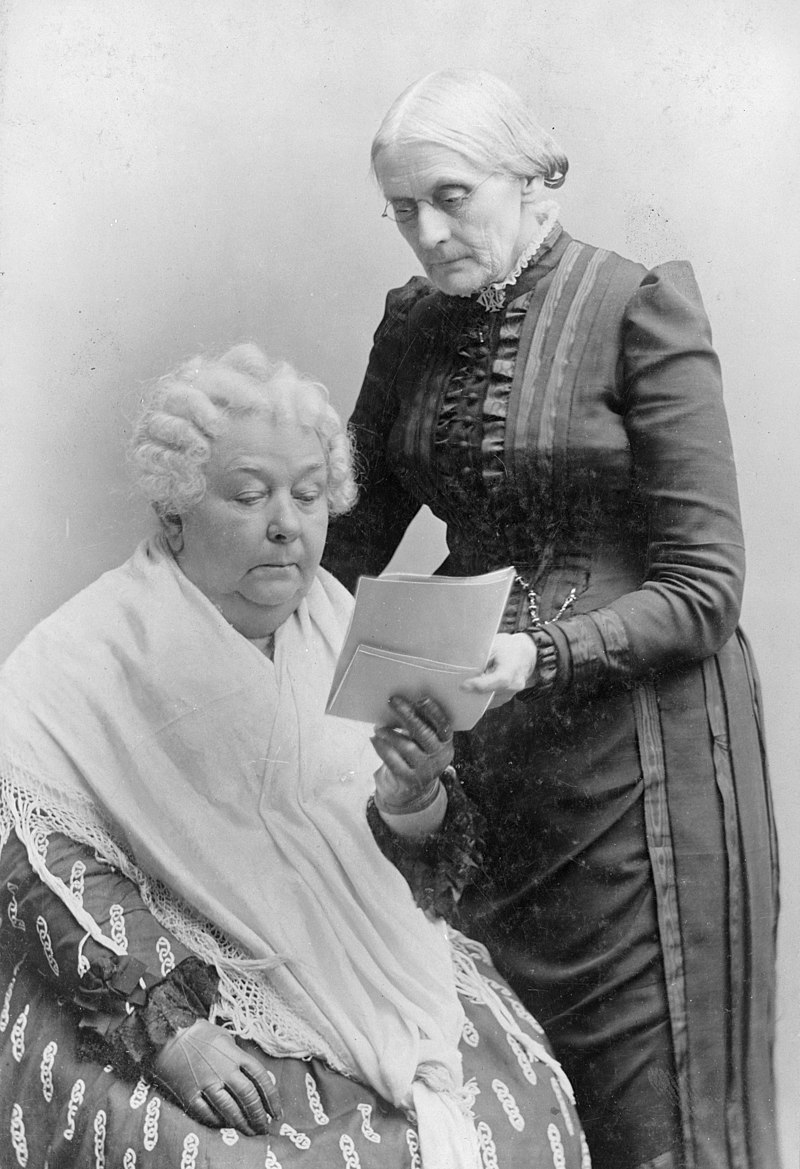
In 1872, despite the election laws in New York State, Anthony cast a vote in the presidential election and was arrested and tried for it (and fined $100).[14]Judith S. Kaye, Rewriting History: The Trial of Susan B. Anthony, 80 N.Y. ST. B.A. J. 38 (2008). This document can be found in HeinOnline’s Bar Journals Library Following this, the first Woman Suffrage bill was introduced to Congress on January 10, 1878 by Senator Aaron A. Sargent,[15]7 Cong. Rec. 248 (1878). This document can be found in HeinOnline’s U.S. Congressional Documents Library though it took more than 40 years for the amendment to eventually pass. In 1919, the House of Representatives passed what would come to be known as the Susan B. Anthony Amendment, followed by the Senate in June of the next year. The 19th Amendment was eventually ratified[16]Gabriel J. Chin & Anjali Abraham, Beyond the Supermajority: Post-Adoption Ratification of the Equality Amendments, 50 ARIZ. L. REV. 25 (2008). This document can be found in HeinOnline’s Law Journal Library by the requisite number of states on August 18, 1920.
Learn More About Voting Rights with HeinOnline
Receive perpetual access to Voting Rights & Election Law today for a one-time affordable payment. In addition to books, government documents, and important legislation on the topic, the database also includes a compilation of the 10 most-cited authors in HeinOnline who write about voting and related topics. This list is recompiled annually to keep it up-to-date.

HeinOnline Sources[+]
| ↑1 | Senate Manual containing the Standing Rules, Orders, Laws and Resolutions Affecting the Business of the United States Senate, including the Declaration of Independence, Articles of Confederation, Ordinance of 1787 and the Constitution of the United States 1223 (2023) Constitution of the United States of America. This document can be found in HeinOnline’s World Constitutions Illustrated Library |
|---|---|
| ↑2 | 3556 5 (1896-1897) South Carolina election, investigation referred. This document can be found in HeinOnline’s U.S. Congressional Serial Set Library |
| ↑3 | Carly E. Zipper, Let Us Not Be Intimidated: Past and Present Applications of Section 11(b) of the Voting Rights Act, 97 WASH. L. REV. 301 (2022). This document can be found in HeinOnline’s Law Journal Library |
| ↑4 | To enforce the constitutional right to vote, to confer jurisdiction upon the district courts of the United States to provide injunctive relief against discrimination in public accommodations, to authorize the Attorney General to institute suits to protect constitutional rights in public facilities and public education, to extend the Commission on Civil Rights, to prevent discrimination in federally assisted programs, to establish a Commission on Equal Employment Opportunity, and for other purposes., Public Law 88-352, 88 Congress. 78 Stat. 241 (1964). This document can be found in HeinOnline’s U.S. Statutes at Large Library |
| ↑5 | Steven F. Lawson, Prelude to the Voting Rights Act: The Suffrage Crusade, 1962-1965, 57 S. C. L. REV. 889 (2006). This document can be found in HeinOnline’s Law Journal Library |
| ↑6 | Cheryl T. Page, Stop the Steal: The History of Voter Suppression in America, and Who Is Really Stealing Votes?, 17 INTERCULTURAL HUM. RTS. L. REV. 153 (2022). This document can be found in HeinOnline’s Law Journal Library |
| ↑7 | Voting Rights Act of 1965 (1965). This document can be found in HeinOnline’s U.S. Federal Legislative History Library |
| ↑8 | 12677-3 2 (1965) Draft of proposed legislation to enforce Fifteenth Amendment to Constitution of United States This document can be found in HeinOnline’s U.S. Congressional Serial Set Library |
| ↑9 | To amend the Voting Rights Act of 1965 to extend certain provisions for an additional seven years, to make permanent the ban against certain prerequisites to voting, and for other purposes., Public Law 94-73, 94 Congress. 89 Stat. 400 (1975). This document can be found in HeinOnline’s U.S. Statutes at Large Library |
| ↑10 | Senate Manual containing the Standing Rules, Orders, Laws and Resolutions Affecting the Business of the United States Senate, including the Declaration of Independence, Articles of Confederation, Ordinance of 1787 and the Constitution of the United States 1226 (2023) Constitution of the United States of America. This document can be found in HeinOnline’s World Constitutions Illustrated Library |
| ↑11 | Nicole Songstad, Speech-Giving and the Woman Suffrage Movement: Exploring Government Databases for Women’s Voices, 51 DTTP 30 (2023). This document can be found in HeinOnline’s Law Journal Library |
| ↑12 | Elizabeth Cady; et al. Stanton. History of Woman Suffrage (1902). This document can be found in HeinOnline’s Women and the Law Library |
| ↑13 | William Harvey Allen. Woman’s Part in Government: Whether She Votes or Not (1911). This document can be found in HeinOnline’s Voting Rights & Election Law Library |
| ↑14 | Judith S. Kaye, Rewriting History: The Trial of Susan B. Anthony, 80 N.Y. ST. B.A. J. 38 (2008). This document can be found in HeinOnline’s Bar Journals Library |
| ↑15 | 7 Cong. Rec. 248 (1878). This document can be found in HeinOnline’s U.S. Congressional Documents Library |
| ↑16 | Gabriel J. Chin & Anjali Abraham, Beyond the Supermajority: Post-Adoption Ratification of the Equality Amendments, 50 ARIZ. L. REV. 25 (2008). This document can be found in HeinOnline’s Law Journal Library |

